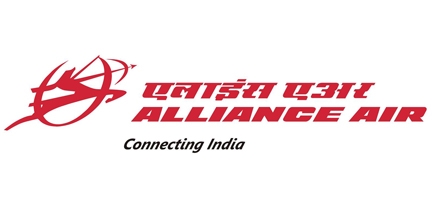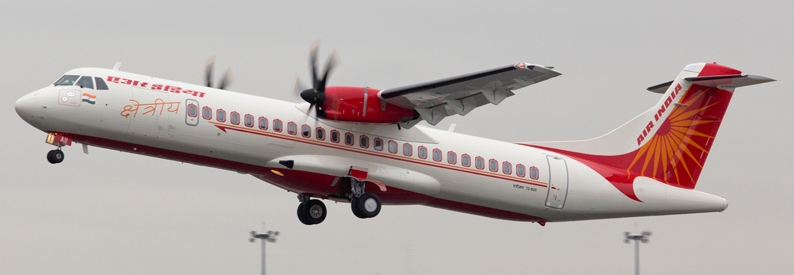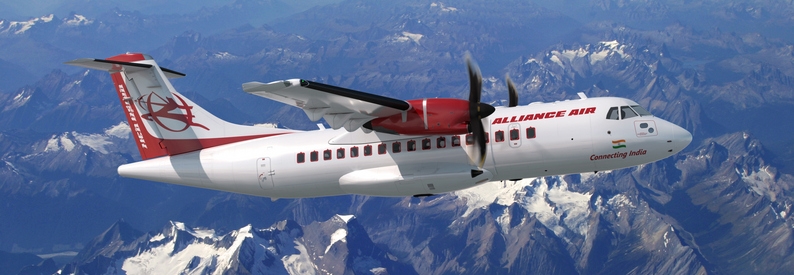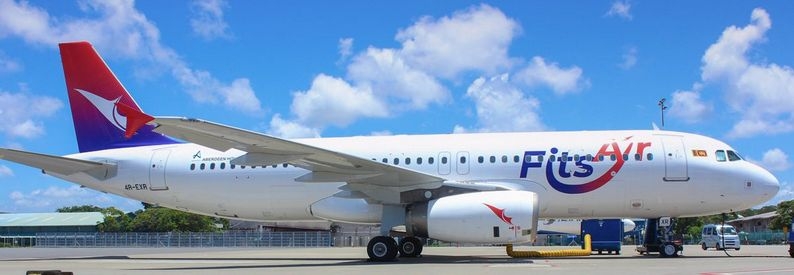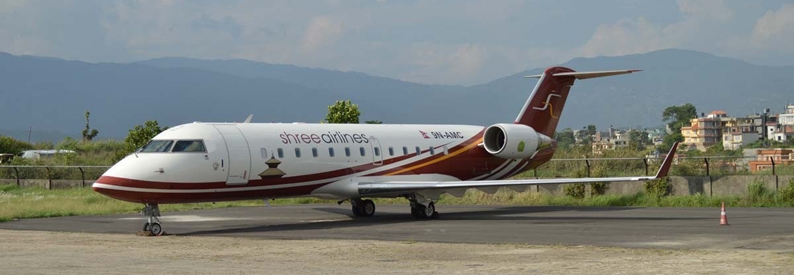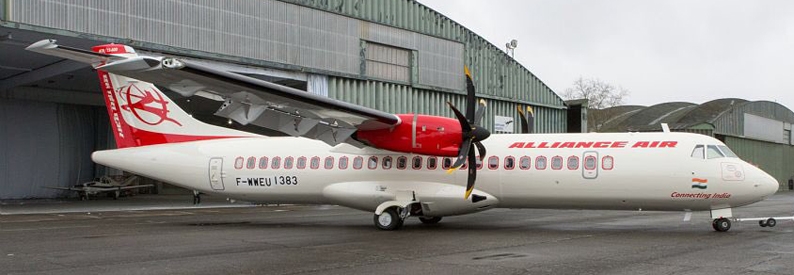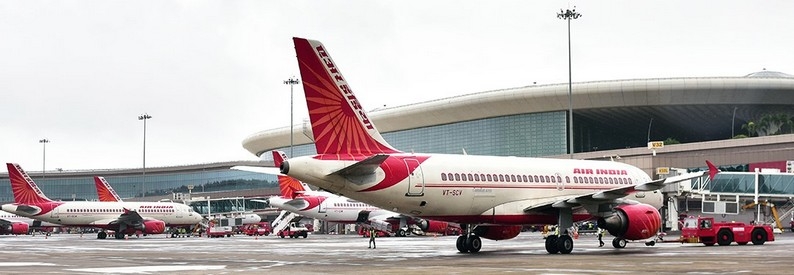India's Minister of State for Civil Aviation Jayant Sinha has suggested extending the country's regional connectivity scheme – known as Ude Desh ka Aam Naagrik (UDAN) – to neighbouring countries and for an open skies agreement across the region.
Sinha made the comments at the meeting of the Bay of Bengal Initiative for Multi-Sectoral Technical and Economic Cooperation (BIMSTEC), where he highlighted the importance of connectivity to contribute to the growth of the region. The BIMSTEC group includes Bangladesh, India, Myanmar, Sri Lanka, Thailand, Bhutan and Nepal.
"If we want high value economic agents, business travellers, tourists who are going to spend money, if we want them to move freely across this area, the need for very good linkages as far as air travel is concerned is absolutely vital," Sinha said.
"What we would like to be able to do is to see whether we can take the thinking, the policy design behind UDAN and extend it across the BIMSTEC region. So if we can link Pakyong in Sikkim, then there's no reason why we can't link an airport in Bhutan, or an airport in Myanmar within the same fashion."
Sinha also put forward the idea of extending an open skies agreement with India's neighbours. "What this conference, and what this series of discussions is encouraging me to do, is to take forward the idea perhaps of having an open skies agreement across BIMSTEC as well."
Referring to the difficult terrain of the region, Sinha said that they needed to be open-minded about the sorts of aircraft they used, whether it be jets, turboprops or helicopters. He said that easing restrictions on smaller aircraft has been key to UDAN's success.
"We've enabled turboprops to be able to come in now at a very affordable price into India and I think these turboprop aircraft will be very valuable and will be very helpful in forging this regional connectivity."
India's UDAN program launched this year, with Air India unit, Alliance Air (India), Deccan Charters, Air Odisha, TruJet and SpiceJet awarded routes to underserved Tier II and III Indian airports.
In terms of bilateral access, Narendra Modi's government said in a Civil Aviation Policy document issued in June last year that India will pursue a policy of Open Skies, on a reciprocal basis, with members of the South Asian Association for Regional Cooperation (SAARC) - Afghanistan, Bangladesh, Bhutan, Maldives, Nepal, Pakistan, and Sri Lanka - as well as countries over 5,000 kilometres from Delhi.
Here, unlimited frequencies, above those already specified under existing Air Service Agreements (ASA), will be allowed directly to and from major Indian international airports as notified by the Ministry of Civil Aviation. Service to other airports will continue to be governed by existing ASAs until such time they are renegotiated.
